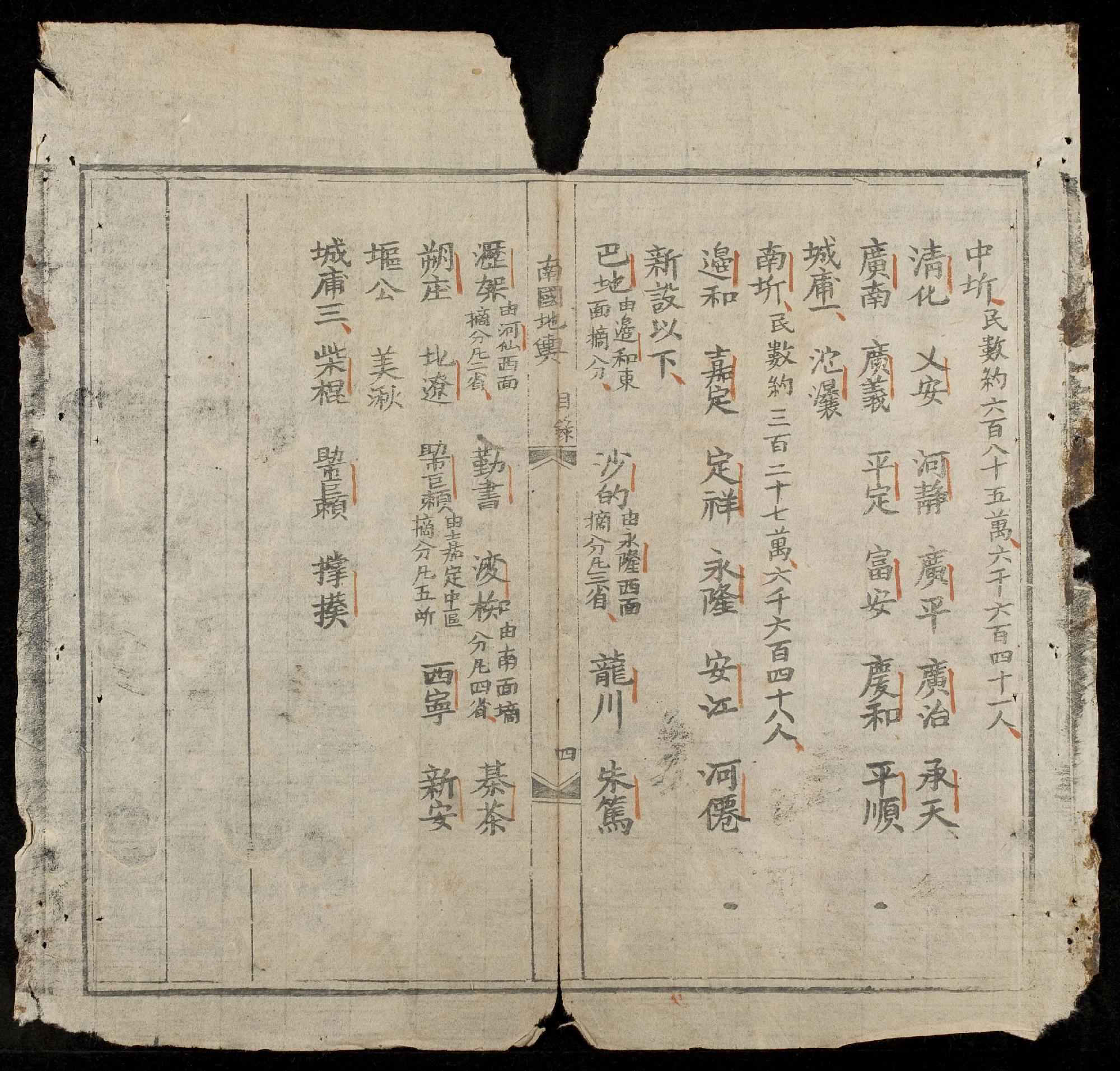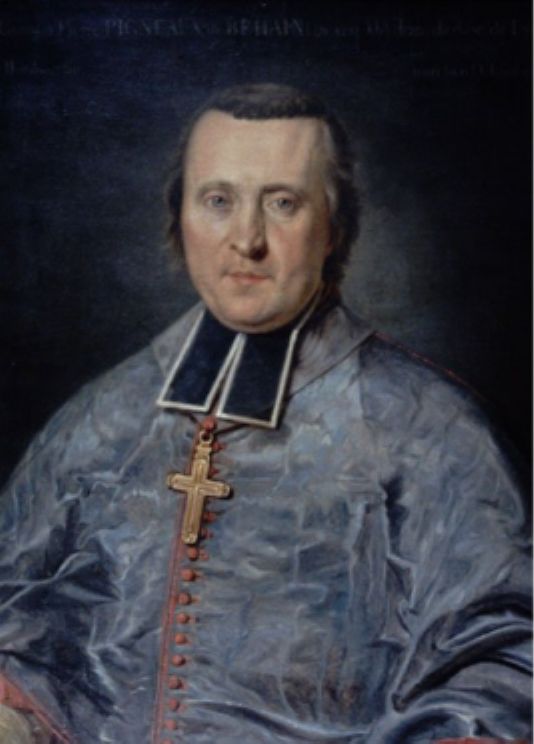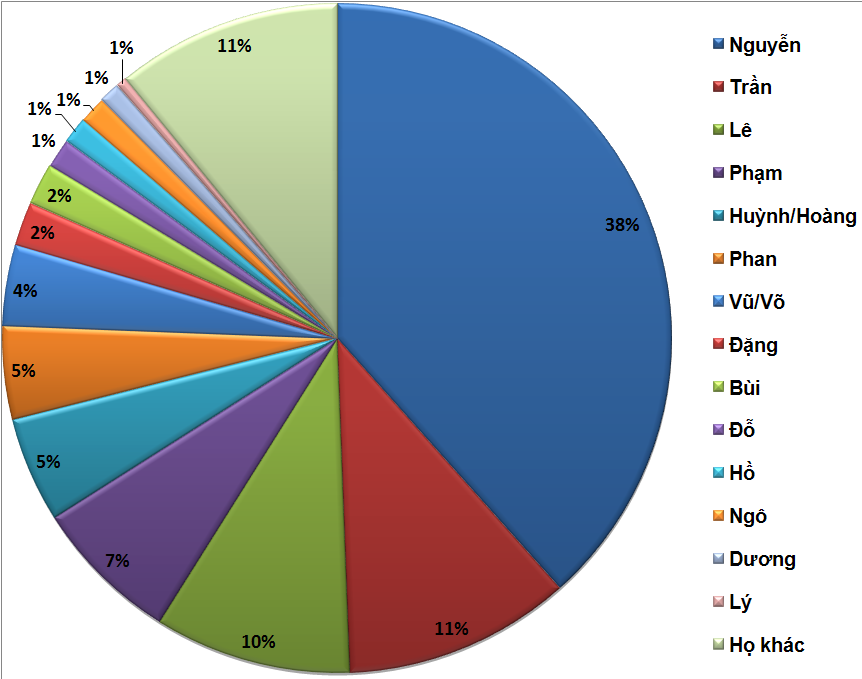|
Hồ Thị Hoa
Empress Tá Thiên (, 1791–1807), born Hồ Thị Hoa (胡氏華), was the first wife of Nguyễn Phúc Kiểu (future Emperor Minh Mạng) and mother of Nguyễn Phúc Tuyền, future Emperor Thiệu Trị. Life Gia Long era Hồ Thị Hoa was born in Bình An of Biên Hòa in November 1791. She was a daughter of Nguyễn lord Hồ Văn Bôi. At the age of 14, She married Nguyễn Phúc Đảm, later named Nguyễn Phúc Kiểu, the fourth son of Emperor Gia long. After marriage, she got the favor from Emperor Gia Long and Empress Thuận Thiên, because of her talent and virtue. Emperor Gia long gave her name Thực(實). On June 15, 1807, She gave birth to the only son Nguyễn Phúc Tuyền, who is the future Emperor Thiệu Trị. However, she died 13 days after childbirth. Minh Mang era Nguyễn Phúc Kiểu began his reign since 1820 and became Emperor Minh Mạng.As his first consort,Hồ Thị Hoa was posthumously honoured as Thuận Đức chiêu nghi (順德昭儀 ... [...More Info...] [...Related Items...] OR: [Wikipedia] [Google] [Baidu] |
Hồ Chí Minh City
Ho Chi Minh City (HCMC) ('','' TP.HCM; ), commonly known as Saigon (; ), is the most populous city in Vietnam with a population of around 14 million in 2025. The city's geography is defined by rivers and canals, of which the largest is Saigon River. As a Municipalities of Vietnam, municipality, Ho Chi Minh City consists of 16 List of urban districts of Vietnam, urban districts, five Huyện, rural districts, and one Municipal city (Vietnam), municipal city (sub-city). As the largest financial centre in Vietnam, Ho Chi Minh City has the largest gross regional domestic product out of all Vietnam provinces and municipalities, contributing around a quarter of the Economy of Vietnam, country's total GDP. Ho Chi Minh City metropolitan area, Ho Chi Minh City's metropolitan area is List of ASEAN country subdivisions by GDP, ASEAN's 5th largest economy, also the biggest outside an ASEAN country capital. The area was initially part of Cambodian states until it became part of the Vietna ... [...More Info...] [...Related Items...] OR: [Wikipedia] [Google] [Baidu] |
Gia Long
Gia Long (Chữ Hán, Chữ hán: 嘉隆) ( (''Hanoi, North''), (''Ho Chi Minh City, South''); 8 February 1762 – 3 February 1820), born Nguyễn Phúc Ánh (阮福暎) or Nguyễn Ánh (阮暎), was the founding emperor of the Nguyễn dynasty, the last List of Vietnamese dynasties, dynasty of Vietnam, which would rule the unified territories that constitute modern-day Vietnam until 1945. A nephew of the last Nguyễn lords, Nguyễn lord who ruled over Đàng Trong, south Vietnam, Nguyễn Ánh was forced into hiding in 1777 as a 15-year-old when his family was slain in the Tây Sơn Tây Sơn wars, revolt. After several changes of fortune in which his loyalists regained and again lost Saigon, he befriended the French Catholic Church, Catholic Bishop Pierre Pigneau de Behaine. Pigneau championed Nguyễn Ánh's cause to regain the throne to the French government and managed to recruit volunteer; however, that soon fell through. From 1789, Nguyễn Ánh was once again in the ... [...More Info...] [...Related Items...] OR: [Wikipedia] [Google] [Baidu] |
People From Huế
The term "the people" refers to the public or common mass of people of a polity. As such it is a concept of human rights law, international law as well as constitutional law, particularly used for claims of popular sovereignty. In contrast, a people is any plurality of persons considered as a whole. Used in politics and law, the term "a people" refers to the collective or community of an ethnic group or nation. Concepts Legal Chapter One, Article One of the Charter of the United Nations states that "peoples" have the right to self-determination. Though the mere status as peoples and the right to self-determination, as for example in the case of Indigenous peoples (''peoples'', as in all groups of indigenous people, not merely all indigenous persons as in ''indigenous people''), does not automatically provide for independent sovereignty and therefore secession. Indeed, judge Ivor Jennings identified the inherent problems in the right of "peoples" to self-determination, as i ... [...More Info...] [...Related Items...] OR: [Wikipedia] [Google] [Baidu] |
1807 Deaths
Events January–March *January 7 – The United Kingdom of Great Britain and Ireland issues an Order in Council prohibiting British ships from trading with France or its allies. *January 20 – The Sierra Leone Company, faced with bankruptcy because of the imminent abolition of the slave trade in British colonies, petitions the British government for purchase and transfer of its property to the Crown; Parliament approves the transfer on July 29, and it takes effect on January 1, 1808. *February 3 – Napoleonic Wars and Anglo-Spanish War: Battle of Montevideo – The British Army captures Montevideo from the Spanish Empire, as part of the British invasions of the Río de la Plata. *February 7 – Napoleon leads the forces of the French Empire in an invasion of the Russian Empire, and begins fighting at the Battle of Eylau against Russian and Prussian forces. *February 8 – Battle of Eylau: Napoleon fights a hard but inconclusive battle against the Russians under ... [...More Info...] [...Related Items...] OR: [Wikipedia] [Google] [Baidu] |
1791 Births
Events January–March * January 1 – Austrian composer Joseph Haydn arrives in England, to perform a series of concerts. * January 2 – Northwest Indian War: Big Bottom Massacre – The war begins in the Ohio Country, with this massacre. * January 12 – Holy Roman troops reenter Liège, heralding the end of the Liège Revolution, and the restoration of its Prince-Bishops. * January 25 – The British Parliament passes the Constitutional Act 1791, splitting the old province of Quebec into Upper and Lower Canada. * February 8 – The Bank of the United States, based in Philadelphia, is incorporated by the federal government with a 20-year charter and started with $10,000,000 capital.''Harper's Encyclopaedia of United States History from 458 A. D. to 1909'', ed. by Benson John Lossing and, Woodrow Wilson (Harper & Brothers, 1910) p169 * February 21 – The United States opens diplomatic relations with Portugal. * March 2 &ndas ... [...More Info...] [...Related Items...] OR: [Wikipedia] [Google] [Baidu] |
Đại Nam Thực Lục
''Đại Nam thực lục'' ( vi-hantu, 大南寔錄, lit. "Veritable Records of the Great South", "Annals of Đại Nam", "Chronicle of Greater Vietnam") was the official history of Nguyễn dynasty, Vietnam. It contained the royal records of the Nguyễn lords, and the imperial annals of Nguyễn dynasty emperors up until Khải Định, covering the period in Vietnamese history between 1545 and 1909. Just like other official histories, ''Đại Nam thực lục'' was written in Classical Chinese. The annals comprised 584 volumes. At first the records were called "''Đại Nam thật lục''" "". During Thiệu Trị's reign however, "" was changed to "", and its pronunciation changed to "thực", because "實" was against the naming taboo of Empress Tá Thiên, Thiệu Trị's mother. ''Đại Nam thực lục'' was the most important primary source regarding the Nguyễn dynasty. It was an important reference of Cao Xuân Dục's ''Quốc triều chính biên toát yế ... [...More Info...] [...Related Items...] OR: [Wikipedia] [Google] [Baidu] |
Thuận Thiên (Trần Dynasty Empress)
Empress Thuận Thiên (Lý Oánh 李莹) (1216–1248) was the second empress of Trần dynasty, she succeeded her younger sister Empress Chiêu Thánh in 1237 by an arrangement of Trần Thủ Độ in which Prince Hoài Trần Liễu was forced to give up his 3-month pregnant wife Princess Thuận Thiên to the Emperor Trần Thái Tông. Thuận Thiên was born in the royal family of the Lý dynasty as the first child of the Emperor Lý Huệ Tông and Lady Thuận Trinh Trần Thị Dung with whom she witnessed the turbulent time of the Late Lý and Early Trần Dynasty. She was mother of four princes including the second emperor of the Trần Dynasty Trần Thánh Tông and grand chancellor Prince Chiêu Minh Trần Quang Khải. Biography Thuận Thiên was born as Lý Ngọc Oanh, entitled as Princess Thuận Thiên, the first child of the Emperor Lý Huệ Tông and his wife Lady Thuận Trinh Trần Thị Dung. Thuận Thiên was born not in royal palace but in C� ... [...More Info...] [...Related Items...] OR: [Wikipedia] [Google] [Baidu] |
Gia Long
Gia Long (Chữ Hán, Chữ hán: 嘉隆) ( (''Hanoi, North''), (''Ho Chi Minh City, South''); 8 February 1762 – 3 February 1820), born Nguyễn Phúc Ánh (阮福暎) or Nguyễn Ánh (阮暎), was the founding emperor of the Nguyễn dynasty, the last List of Vietnamese dynasties, dynasty of Vietnam, which would rule the unified territories that constitute modern-day Vietnam until 1945. A nephew of the last Nguyễn lords, Nguyễn lord who ruled over Đàng Trong, south Vietnam, Nguyễn Ánh was forced into hiding in 1777 as a 15-year-old when his family was slain in the Tây Sơn Tây Sơn wars, revolt. After several changes of fortune in which his loyalists regained and again lost Saigon, he befriended the French Catholic Church, Catholic Bishop Pierre Pigneau de Behaine. Pigneau championed Nguyễn Ánh's cause to regain the throne to the French government and managed to recruit volunteer; however, that soon fell through. From 1789, Nguyễn Ánh was once again in the ... [...More Info...] [...Related Items...] OR: [Wikipedia] [Google] [Baidu] |
Nguyen Phuc Tuyen
Nguyễn (阮) (sometimes abbreviated as Ng̃) is the most common surname of the Vietnamese people. Outside of Vietnam, the surname is commonly rendered without diacritics as ''Nguyen''. By some estimates 30 to 39 percent of Vietnamese people bear this surname.Lê Trung Hoa, ''Họ và tên người Việt Nam'', NXB Khoa học - Xã hội, 2005 Origin and usage is the transcription of the Sino-Vietnamese pronunciation of the character 阮, which originally was used to write a name of a state in Gansu or ruan, an ancient Chinese instrument. The same Chinese character is often romanized as in Mandarin and as in Cantonese. The first recorded mention of a person surnamed Nguyễn is a description dating AD 317, of a journey to Giao Châu undertaken by Eastern Jin dynasty officer Nguyễn Phu and his family. Many events in Vietnamese history have contributed to the name's prominence. In 1232, after usurping the Lý dynasty, Trần Thủ Độ forced the descendants of the ... [...More Info...] [...Related Items...] OR: [Wikipedia] [Google] [Baidu] |
Phú Xuân
Phú Xuân (富春) was the historic capital of the Nguyễn lords, the Tây Sơn dynasty, and later became the Nguyễn dynasty's capital (renamed Huế). History In 1306, the King of Champa Chế Mân offered Vietnam two Chăm prefectures, Ô and Lý, in exchange for marriage with a Vietnamese princess named Huyền Trân.Chapius, p.85. The Vietnamese Emperor Trần Anh Tông accepted this offer. He took and renamed Ô and Lý prefectures to Thuận prefecture and Hóa prefecture, respectively, with both of them often referred to as ''Thuận Hóa'' region. In 1592, the Mạc dynasty was forced to flee to Cao Bằng and the Lê dynasty, Lê emperors were enthroned as ''de jure'' Vietnamese rulers under the leadership of Nguyễn Kim, the leader of Lê Dynasty loyalists. Later, Kim was poisoned by a Mạc Dynasty general which paved the way for his son-in-law, Trịnh Kiểm, to take over the leadership. Kim's eldest son, Nguyễn Uông, was also assassinated in order to secure ... [...More Info...] [...Related Items...] OR: [Wikipedia] [Google] [Baidu] |
Nguyen Phuc Kieu
Nguyễn (阮) (sometimes abbreviated as Ng̃) is the most common surname of the Vietnamese people. Outside of Vietnam, the surname is commonly rendered without diacritics as ''Nguyen''. By some estimates 30 to 39 percent of Vietnamese people bear this surname.Lê Trung Hoa, ''Họ và tên người Việt Nam'', NXB Khoa học - Xã hội, 2005 Origin and usage is the transcription of the Sino-Vietnamese pronunciation of the character 阮, which originally was used to write a name of a state in Gansu or ruan, an ancient Chinese instrument. The same Chinese character is often romanized as in Mandarin and as in Cantonese. The first recorded mention of a person surnamed Nguyễn is a description dating AD 317, of a journey to Giao Châu undertaken by Eastern Jin dynasty officer Nguyễn Phu and his family. Many events in Vietnamese history have contributed to the name's prominence. In 1232, after usurping the Lý dynasty, Trần Thủ Độ forced the descendants of the ... [...More Info...] [...Related Items...] OR: [Wikipedia] [Google] [Baidu] |






